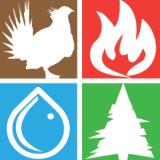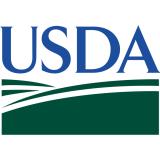Northern Plains Drought Update & Outlook – Tribal Webinar: December 2, 2021
This webinar provided a current overview of drought conditions in the Northern Great Plains, as well as an outlook on what to expect this winter and going into the spring. Also, we discussed the Mesonet station program run by South Dakota State University and opportunities to gather the best available data on tribal lands.
NOAA, USDA, and the North Central Climate Adaptation Science Center partnered to host this drought webinar series throughout the summer and fall to provide resources to tribal resource managers in the Northern Plains. Our goal is to provide relevant information on the drought and its impacts to assist with near- and long-term preparation and planning.
Key Partners
This webinar is organized in partnership with NOAA’s National Integrated Drought Information System (NIDIS), the North Central Climate Adaptation Science Center (CASC), NOAA National Centers for Environmental Information (NCEI) Regional Climate Services, and the USDA Northern Plains Climate Hub.






